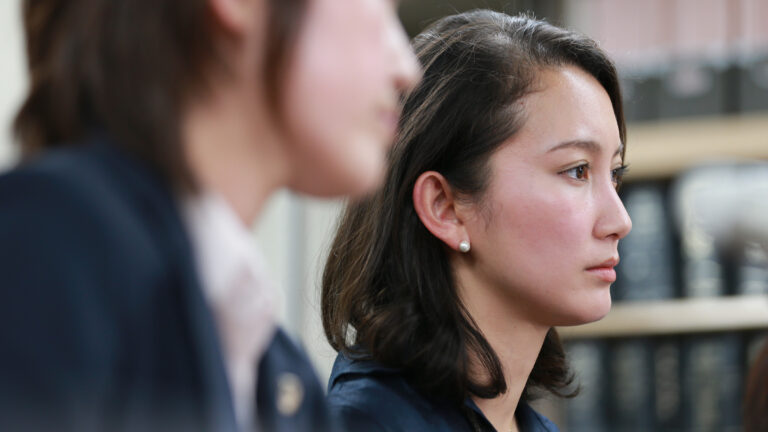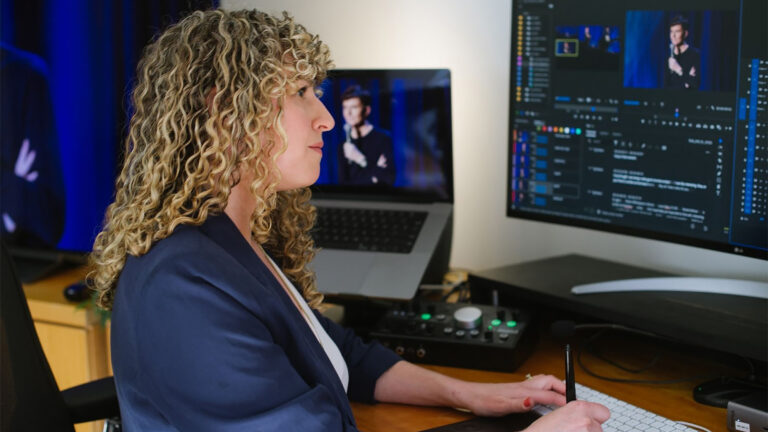In some ways, movies aren’t unlike heists. They require an eclectic mix of people with unique talents, to work together towards seizing something from someone else. Except in this case that “something” isn’t loot, but the audience’s undivided attention.
Some cinematic bandits are better at taking our attention than others. With films like Hunger, Shame, and 12 Years a Slave, editor Joe Walker and Academy Award-winning director Steve McQueen have proven themselves to be master thieves over the course of their decade-long collaboration. Which is why it’s perhaps fitting that their fourth feature film, Widows, is an actual heist movie.
The Oscar-nominated editor took some time to talk with us about working with Steve McQueen, where they find inspiration, how to edit a dialogue-heavy heist movie, and why they love test screenings.
Settling into the Editorial Process
Joe Walker has been part of the production phase of Steve McQueen’s feature films for over ten years. He’s always loved the process of creating cuts to show to his director, offering suggestions during the shoot, and being able to create a mental map of the movie as everything comes together.
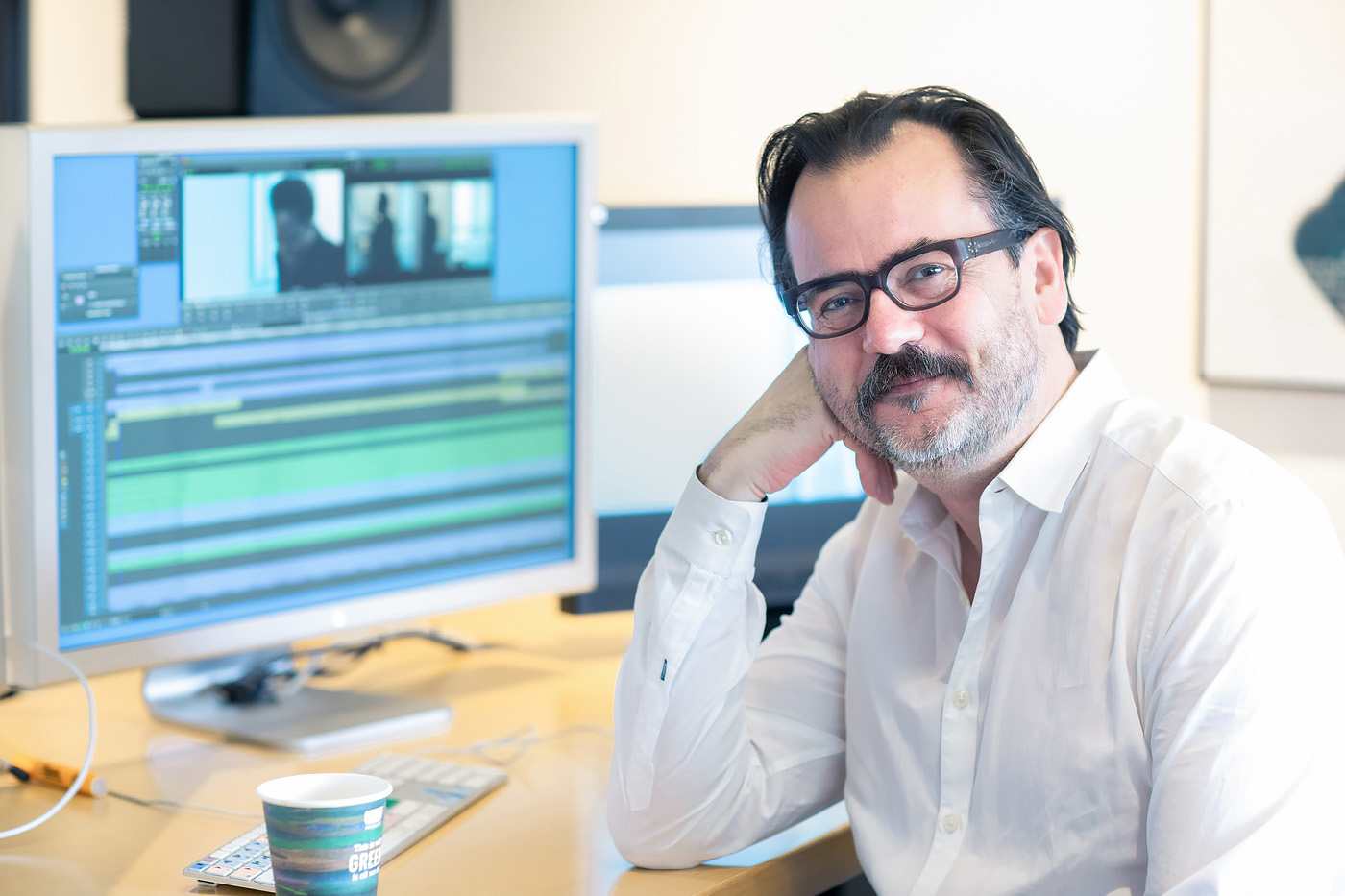
But on Widows, the editor found himself in an unusual situation. He couldn’t be on hand during production this time, because he was wrapping up Denis Villeneuve’s Blade Runner 2049. After finishing that movie, three days later he was traveling into uncharted territory with a McQueen project and coming on board during post-production.
Some of that travel was literal. When the editor was ready, he had to hop on a plane to Amsterdam where McQueen lives and has an editing suite in his home. There, Walker’s small-by-design editorial team gathered: first assistant Mary Lukasiewicz, VFX editor Javier Marcheselli, and sound editor and designer Theo Green.
As he settled into Holland, he began catching up with the footage that had been shot. “It’s a difficult position to come into a project late, because one of the tasks for an editor is to know everything that’s shot and to have a recall for the variations in things like performance,” says Walker.
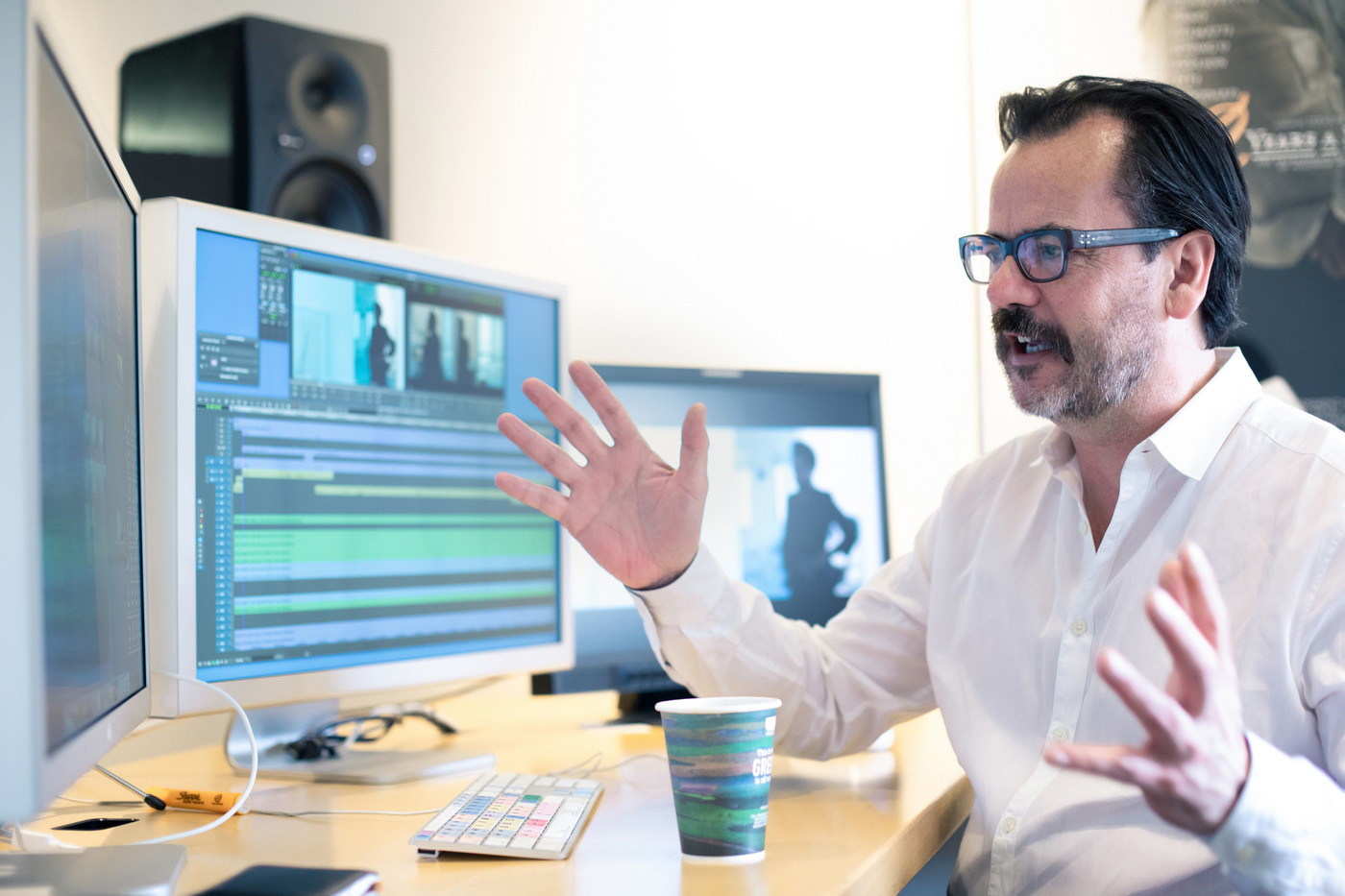
He began familiarizing himself with what had been shot on Arriflex LT and ST film cameras in 3-perf 35 mm, and with 2K scans. Additional Editors Joan Sopel and Christopher Telefson had managed day-to-day needs during production and got the ball rolling in Avid Media Composer with DNxHD 115, organizing elements in bins.
“I took over at the point where they’d finished the shoot and we were going into Steve’s cut,” he says. “We had an assembly that gave a very clear indication of what direction we should go in.”
That direction was guided by the welcome perspective provided by coming into the project late. “It’s rare to be able to see, with a fresh eye, the whole project assembled. Because, if you’ve been doing that during the shoot, and you’ve been assembling it, you have your point of view already about many things. But this means you fly in with a great aerial view of what the story’s going to be like, and then it points you in the right direction of what you need to change,” he says.
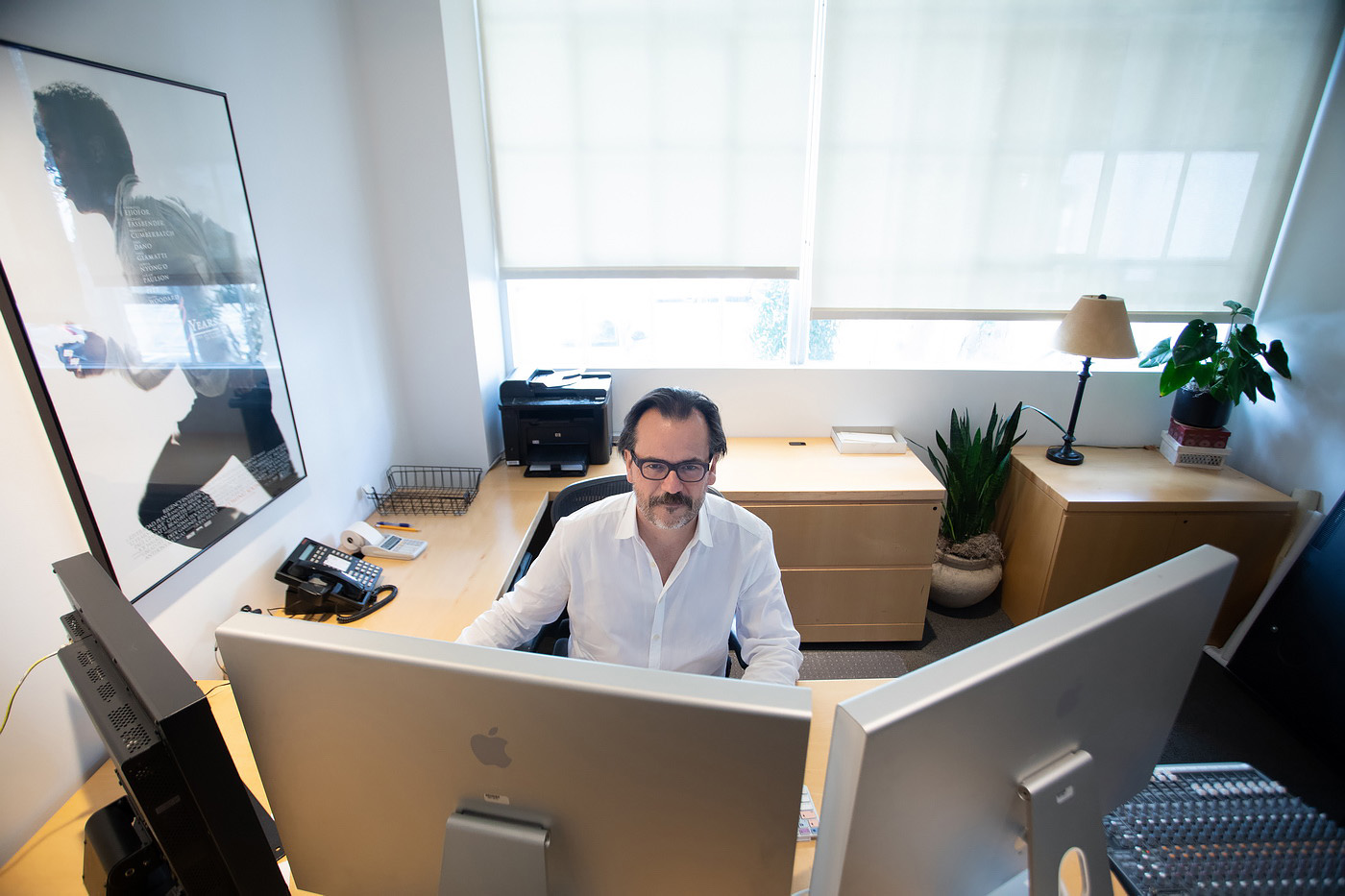
Walker spent the next 12 to 14 weeks navigating that path with his editing team, with whom he likes to work closely and quickly. “It’s in constant flow. It’s a bit like being in a kitchen. You’ve got somebody cooking up the sauce on a different stove, and all the plates are spinning. That’s the way I like to work. We can move really quickly. You can have an idea for a VFX shot that adapts the shot slightly, and, by the end of the day, you’re looking at it,” Walker says.
The communication that makes those quick turnarounds possible is facilitated by an unexpected piece of low-grade technology: a cheap six-year-old intercom set that VFX editor Javier Marcheselli purchased in an electronics store. “You just press the button, and people come running in, and you say, ‘Hey, look. Can you record a temporary ADR line for Viola Davis?’” Working with Steve McQueen, however, is a much closer affair.
Collaborating with Steve McQueen
When starting a director’s cut, Walker likes to recall a saying he attributes to a legendary filmmaker. “Scorsese had a wonderful line saying, ‘Your film is never as good as your dailies and never as terrible as your first assembly.’ It’s often a moment where the hill that you’ve got to climb in the edit is apparent,” Walker says.
McQueen and Walker scale that hill closely during editing. Although sometimes they will employ a “divide and conquer” strategy on footage, they spend so much time together, usually in the same seating position, that Walker jokes he only knows one side of McQueen’s face. “The right-hand side of his head is like the dark side of the moon to me,” he laughs.
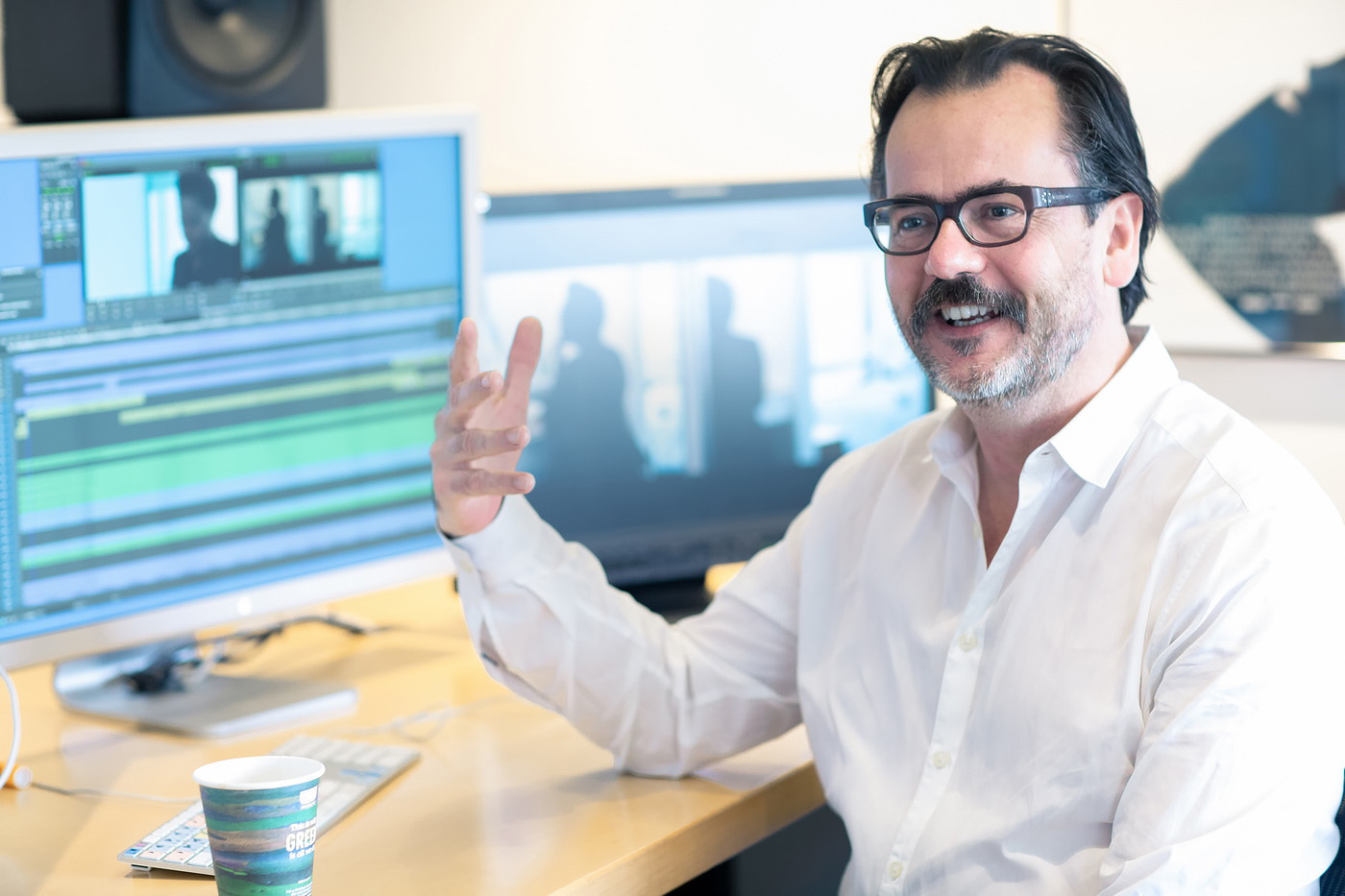
Their creative collaboration is as close as their physical proximity. “What happens in that room is that you really can’t tell whose idea is whose. But there are significant changes you make that flow from the fact that you’re there together and identifying what the problems are, and then that opens up a stream of creativity in how to fix them,” Walker says. “You have that feeling of investigating together and coming up with ideas all the time of how else to do things and to change things.”
Early on, Walker and McQueen especially worked on whittling down the assembly, or what the editor refers to as the “benefit of the doubt” cut, where everything that is great is indiscriminately allowed in. Given that Widows is a heist movie, a genre featuring a large group of characters with dialogue to juggle, a “benefit of the doubt” cut can be quite long. It therefore becomes crucial to find the right balance in the pacing.

“You still are looking for those moments where you can make a point with a character, or allow an actor’s brilliance to shine through, even though you’re trying to keep an eye on the clock and keep up a big story momentum,” he says. “The attitude was always to try and give everybody their moment, even though it’s a dense story with many characters.”
Walker describes finessing that balance as selling some to buy others. He explains,“In terms of the weight you give to every moment in the scene, more often than not you’re going to play one big moment, and give that space, but then some other thing’s going to have to snap past quickly.” In other words, to create room for one scene to breathe more, you have to take away room from another scene.
Since Widows is dialogue-heavy for a heist movie, that was an especially important task for McQueen and his editor. Sometimes to buy space for more dialogue in one scene, they had to entirely remove dialogue in another scene. For example, there’s a scene near the end of the film between Belle (Cynthia Erivo) and Veronica (Viola Davis) in a car. In an earlier cut, they had a long conversation, but because the next scene also required extensive dialogue, McQueen and Walker thought, “‘Could we play this scene as a series of looks and have it wordless?’ That worked so perfectly,” says Walker.

Drawing Inspiration
Creative solutions like that often come about through a key element of Walker and McQueen’s collaboration: seeking out inspiration. “Sometimes with Steve you have to move away from the film entirely,” Walker says.
For example, while editing 12 Years a Slave, the two were struggling with the chronological structure of the film. They took a break and went to an exhibition where composer John Cage’s scores were displayed. There they saw an instance where Cage had reworked a score by essentially cutting it apart and pasting it back together in a new order. It provided the inspiration for the less-linear structure of 12 Years a Slave. “With Steve, it’s a lateral journey that takes you back to the film,” the editor says. “More often than not it’s from going out to see a concert or something like that that just takes you away and fills the well and gives you some new ideas.”

McQueen and Walker sought out more direct inspiration for Widows in the form of other movies, avoiding contemporary work. “I think it’s sometimes a bit of a torture to go see a film with beautiful music, graded pictures, and proper titles while you’re working on one. It just feels a little bit beyond reach at certain points in a cut,” he says.
Instead, they turned to older films. They wanted Widows to start off not just at a hectic pace, but with a lean efficiency in introducing its characters, stakes, and premise. For that, they turned to an unexpected influence. “We’re both Billy Wilder fans, and, at one point, we looked at Some Like It Hot,” Walker says. “There’s pretty much everything you need to know about what the story’s going to be within the first eight minutes.”
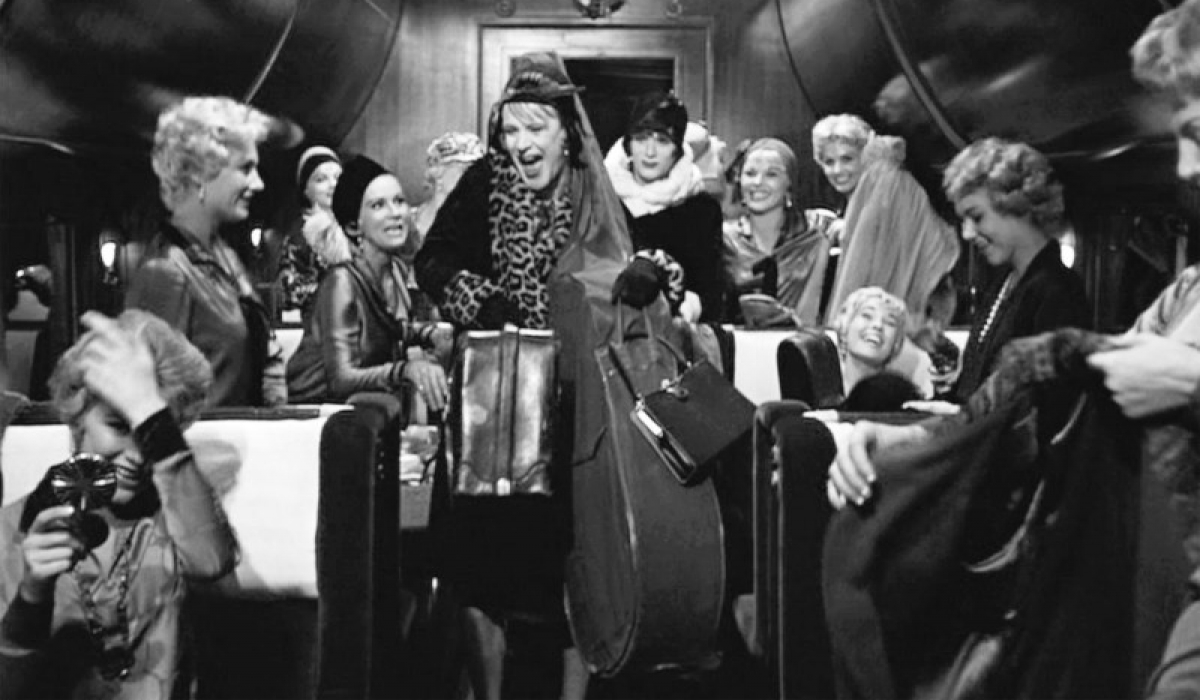
For Widows’ intention to be a genre film with a willingness to go deeper, they looked at movies like Chinatown and other films from that era. “We talked a lot about the ’70s, and the kind of films that we grew up admiring, which often had the ingredient that Widows has: it examines serious issues but within a genre,” says the editor.
There was another unexpected influence on Widows, one not all filmmakers love: public screenings. Not just “family and friends” viewings, but screenings with everyday audiences given questionnaires. “Some people hate that, but we love it. I think it’s a real opportunity to fine tune little moments,” Walker says. “It’s also harsh light that you throw on the edit that maybe makes you abandon some ideas that you think are working and just aren’t as well as they should be.”
Now, Walker does ensure what those audiences see isn’t very rough. “You have to streamline the story and get it cut to the point where you’re ready to show it to people,” he says. That includes visual effects. “Something I do more and more is that I try to advance the sound and the VFX as we’re going along, so that you’ve got something that you are ready to screen and that you’re completely confident in.”


Walker estimates there were at least three test screenings, separated by three or four weeks, and he believes they pay off. “Sometimes it’s a matter of a frame or two either way that makes a difference in the success of a cut, or the entry point of a piece of music. You can only really find that out by sitting with an audience and feeling it chemically, and you know when you’ve got it.”
It’s also something that was especially important for Widows, which he says was designed to be an audience-pleasing film. “It’s a film where you’re constantly measuring where you imagine the audience is and always staying ahead of them or alongside them, never behind them. That’s the secret,” he says. “I think the joy of the heist movie is seeing how all these little things click into place.”

That’s not a bad way to describe the editing process. Once everything has clicked into place – a vibrant editor-director relationship, a productive editorial team dynamic, or healthy outside inspiration – there’s pleasure in the work for the filmmakers. It’s why Joe Walker felt heartbroken when he thought he wouldn’t be able to finish Blade Runner 2049 in time to work with McQueen again, and it’s why he’s so happy they ended up being able to keep their decade-long streak of collaboration going. Anyone who has had the pleasure of seeing Widows is undoubtedly happy, too.
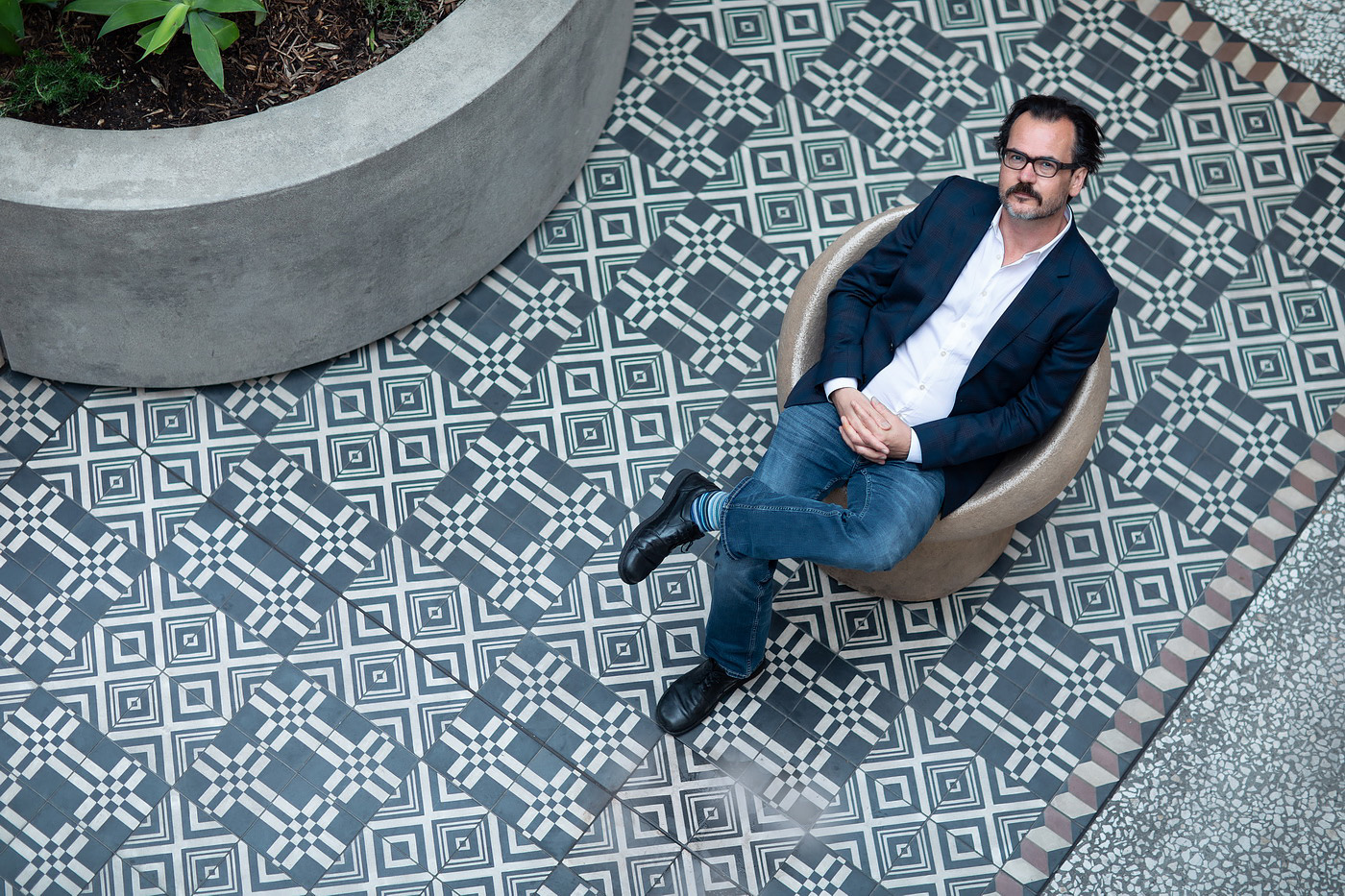
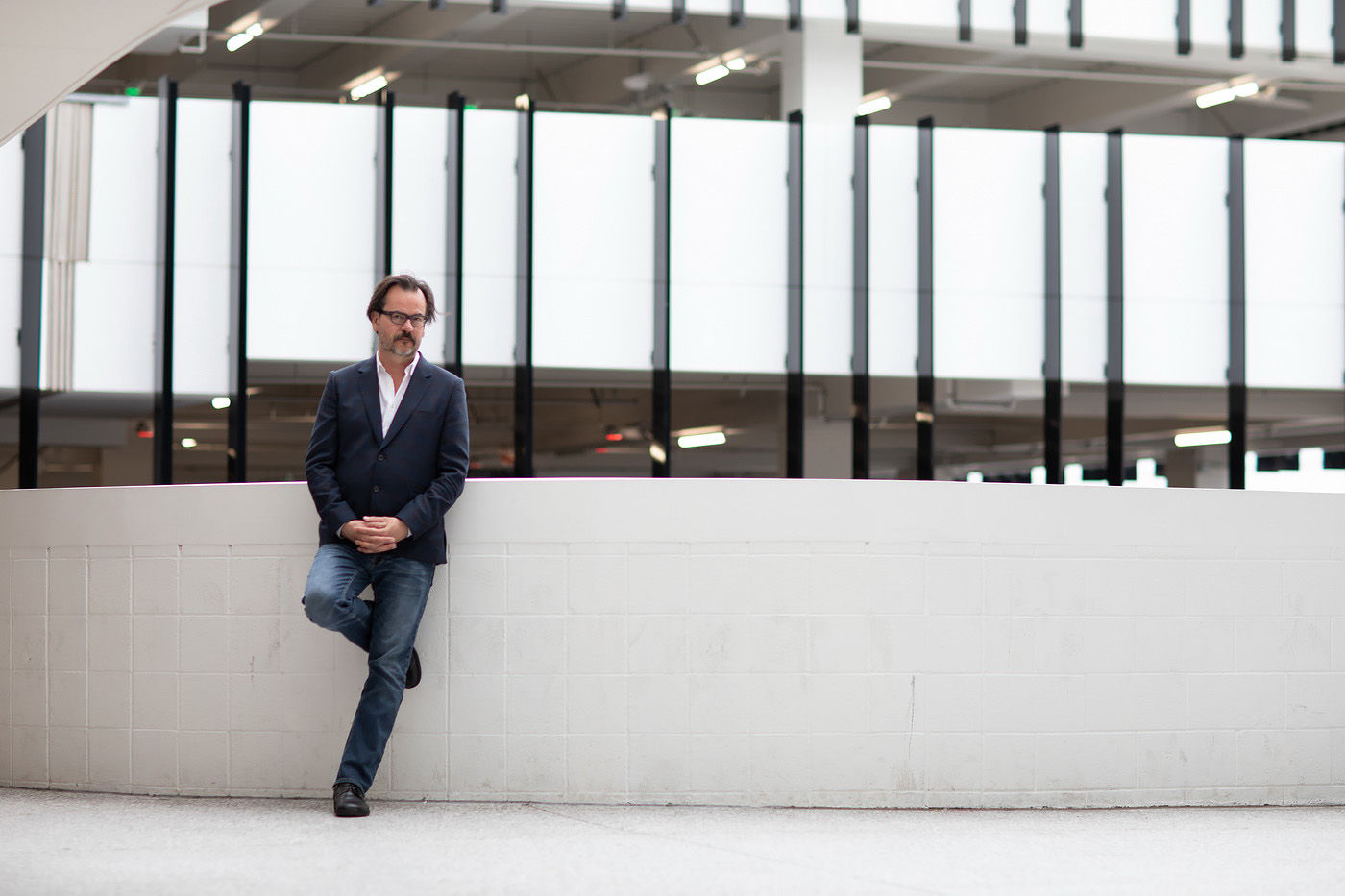
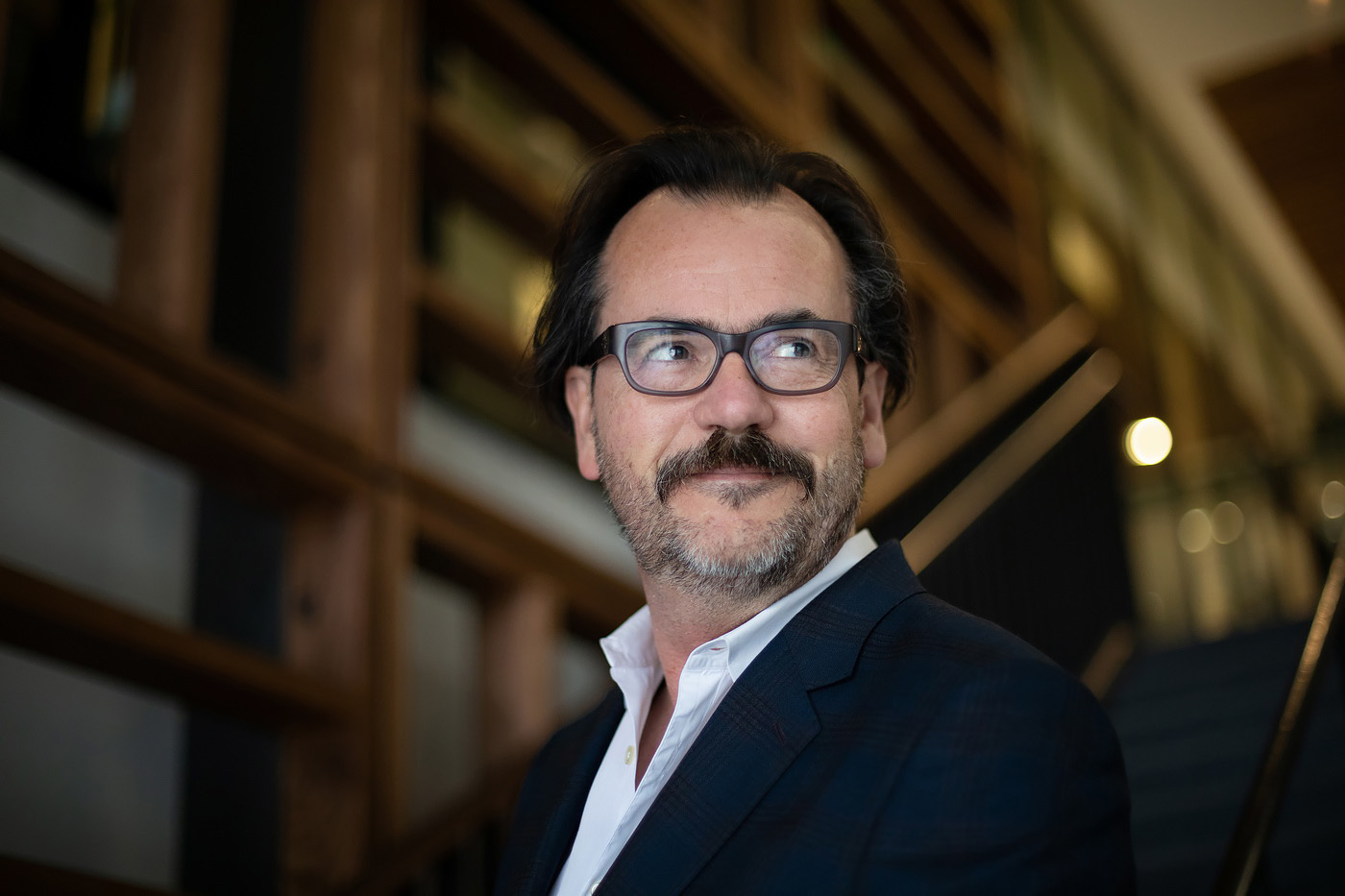
Photography by Irina Logra of Logra Studio.



